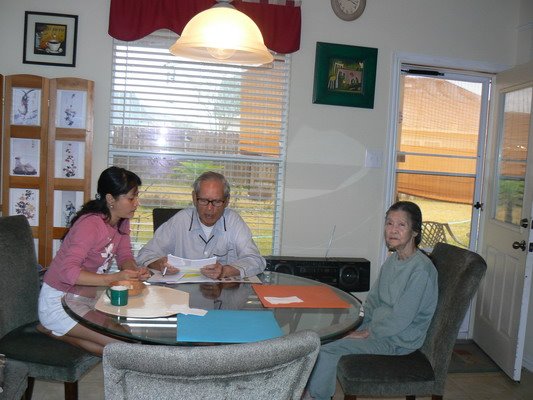The backdrop to all the varied continents, valleys, peaks and rivers of emotion detailed within the interactive Atlas is calmness. “A calm, balance frame of mind is necessary to evaluate and understand our changing emotions. Calmness ideally is a baseline state, unlike emotions, which arise when triggered and then recede,” says the Atlas. In a sense, calmness is the new stillness, a nondual position from which to navigate troubled waters of emotion.
“Exploring the Atlas may increase people’s understanding of this vital feature in their life,” writes Dr. Paul Ekman who compiled the Atlas together with his daughter, Dr. Eve Ekman, through dialogues with the Dalai Lama and with funding from the Dalai Lama Trust. “We hope that teachers will use the Atlas in classrooms and that educators and therapists will use it with their clients to better understand themselves.”
“When we wanted to get to the New World, we needed a map. So make a map of emotions so we can get to a calm state,” the Dalai Lama told Dr. Ekman, according to the New York Times.
Paul Ekman met the Dalai Lama on the impetus of his daughter, Eve, who has a long-term fascination with Tibet. “From nearly the first moment that we met, I had a déjà vu experience, as if I had known the Dalai Lama all my life, as if he were the brother I never had,” says Ekman, one of America’s most pre-eminent psychologist and a co-discoverer of micro expressions with Friesen, Haggard and Isaacs. “This seemed very strange to me. I later learned from the Dalai Lama that he had the same feeling. He did not regard this at all strange because of his belief in reincarnation.”
Atlas of Emotions - Dalai Lama In the Field of Emotions




No comments:
Post a Comment